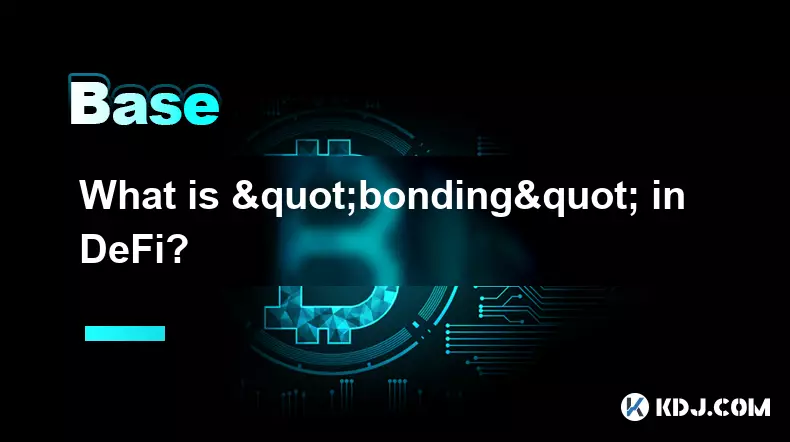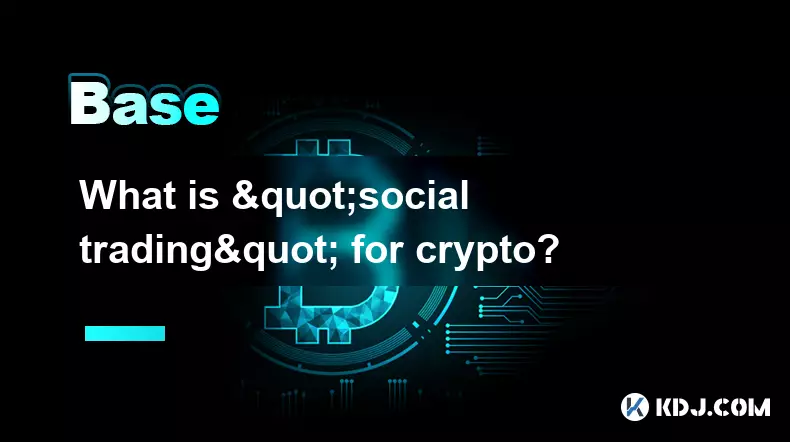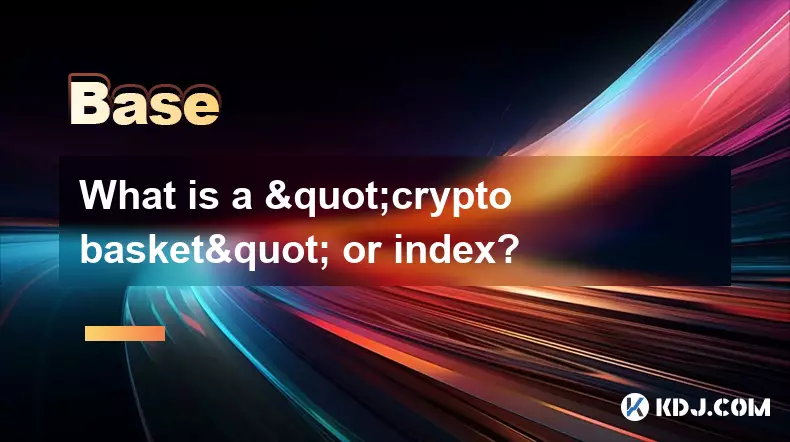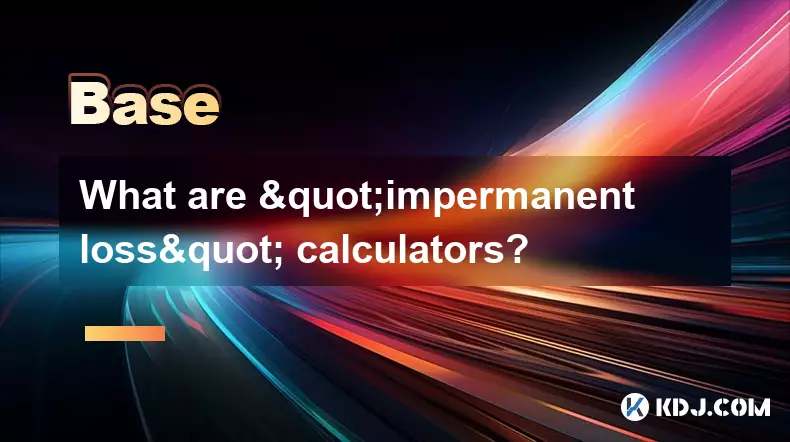-
 Bitcoin
Bitcoin $112100
0.77% -
 Ethereum
Ethereum $4474
3.78% -
 XRP
XRP $2.851
0.46% -
 Tether USDt
Tether USDt $1.000
0.01% -
 BNB
BNB $856.0
0.45% -
 Solana
Solana $209.3
1.04% -
 USDC
USDC $0.9998
-0.02% -
 Dogecoin
Dogecoin $0.2216
3.68% -
 TRON
TRON $0.3420
1.19% -
 Cardano
Cardano $0.8415
1.56% -
 Chainlink
Chainlink $23.79
1.74% -
 Hyperliquid
Hyperliquid $46.03
3.38% -
 Ethena USDe
Ethena USDe $1.001
0.04% -
 Sui
Sui $3.399
2.98% -
 Bitcoin Cash
Bitcoin Cash $599.8
3.03% -
 Stellar
Stellar $0.3628
-0.44% -
 Avalanche
Avalanche $25.24
4.29% -
 Cronos
Cronos $0.2809
9.58% -
 Hedera
Hedera $0.2203
0.68% -
 UNUS SED LEO
UNUS SED LEO $9.526
-0.04% -
 Litecoin
Litecoin $112.7
0.88% -
 Toncoin
Toncoin $3.188
0.41% -
 Shiba Inu
Shiba Inu $0.00001253
0.80% -
 Polkadot
Polkadot $3.891
2.61% -
 Uniswap
Uniswap $9.732
2.10% -
 Bitget Token
Bitget Token $4.971
-2.70% -
 Dai
Dai $0.0000
0.01% -
 World Liberty Financial
World Liberty Financial $0.2148
-8.62% -
 Aave
Aave $327.8
3.77% -
 Monero
Monero $270.0
1.47%
What is "bonding" in DeFi?
DeFi bonding lets users buy protocol tokens at a discount by locking assets, providing protocols with liquidity while rewarding participants over time.
Sep 04, 2025 at 06:18 am

Understanding Bonding in Decentralized Finance
1. Bonding in DeFi refers to a mechanism where users can purchase tokens or assets from a protocol at a discount in exchange for locking up certain assets for a predetermined period. This process allows protocols to accumulate liquidity and treasury assets without relying on traditional fundraising methods. Instead of issuing equity or debt, decentralized platforms use bonding to bootstrap their ecosystem by incentivizing early participation.
2. The assets typically used in bonding include stablecoins, liquidity provider tokens, or other established cryptocurrencies such as ETH or BTC. In return, users receive the protocol’s native tokens over time, often vested gradually to promote long-term holding. This structure benefits both the user, who gains exposure to a potentially appreciating asset at a reduced price, and the protocol, which secures valuable reserves.
3. One of the most well-known implementations of bonding is within decentralized autonomous organizations (DAOs) that manage their own treasuries. By offering discounted token purchases through bonding, these DAOs can acquire stable assets that strengthen their financial foundation. These reserves can later be used for strategic initiatives such as liquidity provision, grants, or further protocol development.
4. The bonding process is usually facilitated through smart contracts, which automatically handle the deposit, vesting, and distribution logic. Transparency and trustlessness are central to the design, ensuring that users do not need to rely on intermediaries. The discount rate and vesting schedule are typically dynamic, influenced by factors such as demand for bonds and the current state of the protocol’s treasury.
How Bonding Enhances Protocol Liquidity
1. When users participate in bonding, they provide immediate liquidity to the protocol in exchange for future token claims. This influx of capital enables the protocol to bootstrap its liquidity pools more efficiently than relying solely on external market makers or incentives.
2. By accepting LP tokens as payment for bonds, protocols can directly acquire liquidity that is locked into decentralized exchanges. This reduces slippage, improves trading volume, and increases the overall health of the token’s market.
3. The locked assets from bonding are often used to back the value of the native token, creating a tangible reserve that supports confidence in the ecosystem. This backing mechanism can stabilize the token price during volatile periods.
4. Protocols can strategically time bond offerings to coincide with key development milestones or market conditions, maximizing the effectiveness of capital acquisition. This level of control allows for more sustainable growth compared to unstructured liquidity mining programs.
Risks and Trade-offs in DeFi Bonding
1. One major risk for bond purchasers is the potential depreciation of the received tokens during the vesting period. If the market value drops significantly, the discount may not offset the losses, leading to negative returns.
2. Protocols face the risk of over-issuing bonds, which can lead to excessive token inflation and downward pressure on price. Poorly calibrated bond pricing or vesting schedules may undermine long-term sustainability.
3. Smart contract vulnerabilities remain a concern, as exploits in the bonding mechanism could result in loss of user funds or treasury assets. Audits and formal verification are essential but not always sufficient to prevent novel attack vectors.
4. High discount rates may attract short-term speculators who sell immediately upon token release, contributing to sell-side pressure. This behavior can destabilize the market and reduce the intended long-term alignment of incentives.
Popular Platforms Utilizing Bonding Mechanisms
1. OlympusDAO pioneered the concept of protocol-owned liquidity through its bonding system, allowing users to bond various assets in exchange for OHM tokens. Its model has been widely replicated across the DeFi space.
2. Tokemak employs bonding to direct liquidity to specific pools by rewarding users who deposit assets into its ecosystem. This approach decentralizes liquidity provisioning and reduces reliance on third-party market makers.
3. Alchemist (formerly known as Alchemix) introduced yield tokenization and integrated bonding to capture value from future yield streams, enabling users to gain early access to anticipated returns.
4. Reserve Rights (RSR) uses bonding as part of its token stabilization strategy, allowing the protocol to manage supply and demand dynamics through automated mechanisms tied to reserve asset accumulation.
Frequently Asked Questions
What assets can be used to purchase bonds in DeFi?Users can typically bond stablecoins like DAI or USDC, major cryptocurrencies such as ETH or WBTC, and sometimes liquidity provider tokens from decentralized exchanges like Uniswap or SushiSwap.
How is the bond discount determined?The discount is usually calculated based on the current demand for bonds and the health of the protocol’s treasury. Higher demand often leads to smaller discounts, while lower demand may result in deeper discounts to incentivize participation.
Are bonded tokens immediately transferable?No, bonded tokens are generally subject to a vesting schedule, meaning they are released gradually over time. This design encourages long-term holding and reduces immediate sell pressure.
Can a protocol cancel an active bond?Once a bond is initiated through a smart contract, it cannot be arbitrarily canceled by the protocol. The terms are immutable, ensuring that users receive their promised tokens according to the predefined vesting timeline.
Disclaimer:info@kdj.com
The information provided is not trading advice. kdj.com does not assume any responsibility for any investments made based on the information provided in this article. Cryptocurrencies are highly volatile and it is highly recommended that you invest with caution after thorough research!
If you believe that the content used on this website infringes your copyright, please contact us immediately (info@kdj.com) and we will delete it promptly.
- C2 Blockchain's DOG Coin Gambit: Bridging Memes and Bitcoin Assets
- 2025-09-04 12:25:13
- Crypto Treasury, Startup Strategies, & Investment Opportunities: A New Yorker's Take
- 2025-09-04 09:05:12
- Moca Network's $20M Portfolio: A New Era for Community Rewards?
- 2025-09-04 09:05:12
- XDC Network Price Prediction 2026: Is XDC the Dark Horse of Crypto?
- 2025-09-04 08:25:15
- BullZilla Roar, Bonk Stablecoin, and Solana Alpenglow: The Evolution of Meme Coins
- 2025-09-04 09:25:17
- TRON, GDP Data, and the Commerce Department: A Blockchain Milestone
- 2025-09-04 09:25:17
Related knowledge

What is "backtesting" a crypto trading strategy?
Sep 03,2025 at 10:55am
Understanding Backtesting in Crypto TradingBacktesting is the process of evaluating a trading strategy by applying it to historical market data. Trade...

What is a "crypto trading bot" and do they work?
Sep 02,2025 at 04:19pm
Understanding Crypto Trading Bots1. A crypto trading bot is a software application designed to automate the process of buying and selling cryptocurren...

What is a "copy trading" platform?
Sep 02,2025 at 07:00pm
Understanding Copy Trading in the Cryptocurrency Space1. A copy trading platform allows users to automatically replicate the trades of experienced inv...

What is "social trading" for crypto?
Sep 03,2025 at 09:00pm
Understanding Social Trading in the Cryptocurrency Space1. Social trading refers to a method where investors observe, follow, and automatically replic...

What is a "crypto basket" or index?
Sep 03,2025 at 07:01am
Understanding Crypto Baskets and Their Role in Digital Asset Investment1. A crypto basket refers to a curated collection of multiple cryptocurrencies ...

What are "impermanent loss" calculators?
Sep 03,2025 at 12:00pm
Understanding Impermanent Loss in Decentralized Finance1. Impermanent loss is a phenomenon that affects liquidity providers in decentralized exchanges...

What is "backtesting" a crypto trading strategy?
Sep 03,2025 at 10:55am
Understanding Backtesting in Crypto TradingBacktesting is the process of evaluating a trading strategy by applying it to historical market data. Trade...

What is a "crypto trading bot" and do they work?
Sep 02,2025 at 04:19pm
Understanding Crypto Trading Bots1. A crypto trading bot is a software application designed to automate the process of buying and selling cryptocurren...

What is a "copy trading" platform?
Sep 02,2025 at 07:00pm
Understanding Copy Trading in the Cryptocurrency Space1. A copy trading platform allows users to automatically replicate the trades of experienced inv...

What is "social trading" for crypto?
Sep 03,2025 at 09:00pm
Understanding Social Trading in the Cryptocurrency Space1. Social trading refers to a method where investors observe, follow, and automatically replic...

What is a "crypto basket" or index?
Sep 03,2025 at 07:01am
Understanding Crypto Baskets and Their Role in Digital Asset Investment1. A crypto basket refers to a curated collection of multiple cryptocurrencies ...

What are "impermanent loss" calculators?
Sep 03,2025 at 12:00pm
Understanding Impermanent Loss in Decentralized Finance1. Impermanent loss is a phenomenon that affects liquidity providers in decentralized exchanges...
See all articles

























































































